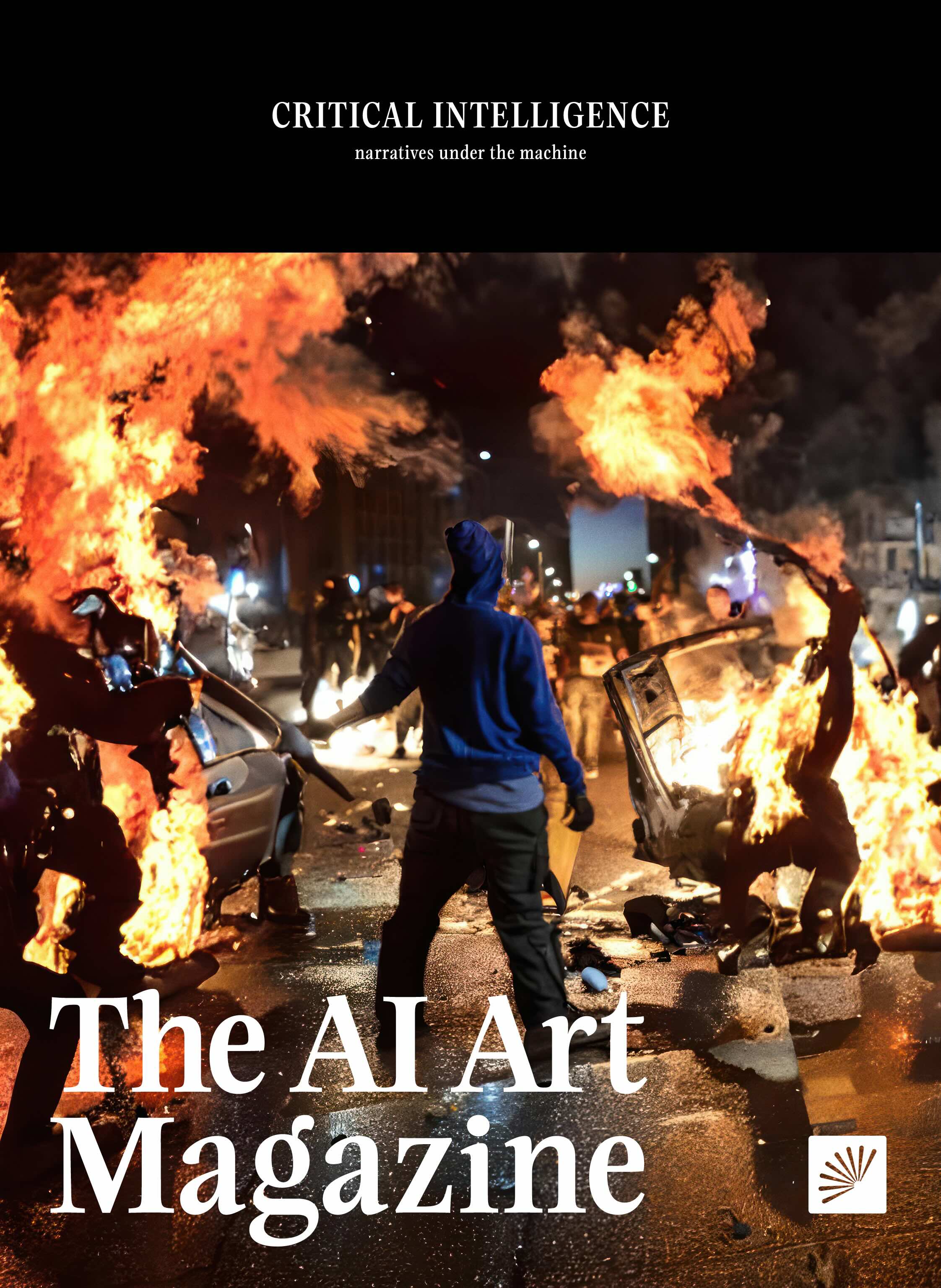Nastagorai
Austria
Artist Statement
Description
Back rolls, fat spilling over a tight corset, skin dimples, loose skin on the arms—these are all features society deems unacceptable, banishing them from visual spaces, features I feel pressured to hide every day. My intention was to portray them as highly artistic, fashionable, and aesthetically pleasing. Ultimately, I created an image as close to a self-portrait as possible: a very large woman, tightly stitched into societal expectations and a projected vision of herself—neither of which can fully contain her.
Process
As I've noticed that gen models tend to progressively slim down larger bodies with each iteration and censor words intended to enrich prompts, I've decided to explore how the model reacts specifically to skin textures often associated with larger female bodies—such as back rolls and skin dimples—as well as to depict an obese person in a revealing and glamorous, yet non-oversexualized manner.
Tools
My work typically begins as an English lesson. Since English is not my first language, I first need to find words or phrases that an English-based AI interprets with the same imagery as equivalent expressions in my mother tongue. The process usually starts by consulting bilingual online dictionaries and then referring to monolingual dictionaries to find suitable alternatives. Depending on these initial results, the next step involves checking whether a corresponding Wikipedia article exists directly translated from my native language into English. Afterward, I search Google for terminology drawn from both dictionaries and Wikipedia, carefully reviewing images to ensure they match the mental imagery evoked by my native language. If this approach is unsuccessful, I consult ChatGPT for translation suggestions. The subsequent stage involves testing the identified words and phrases in Midjourney. If my initial attempts completely fail, I restart the process, creating a base image with ChatGPT or Sora and then refining it further using Midjourney.






